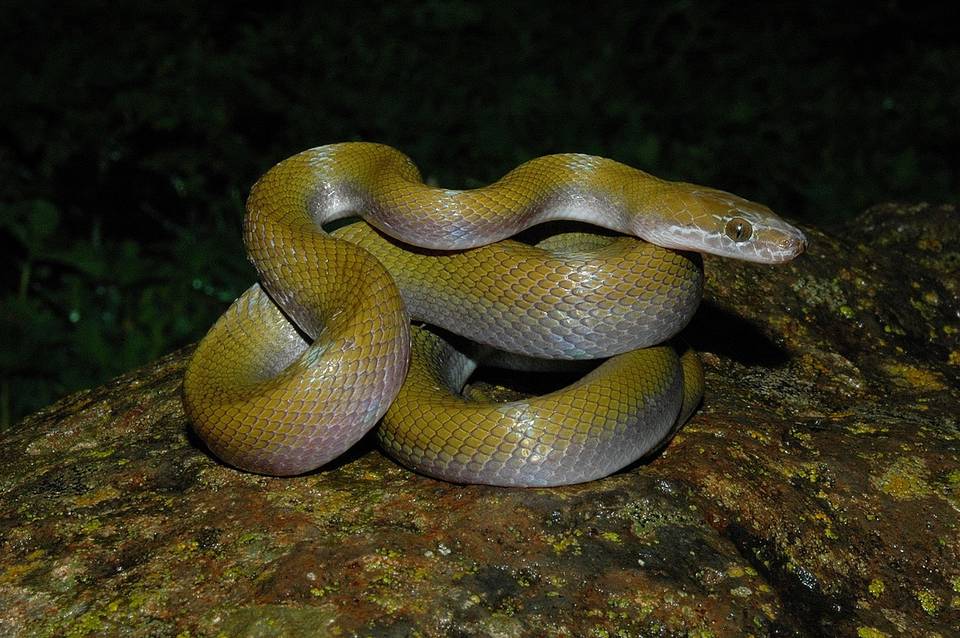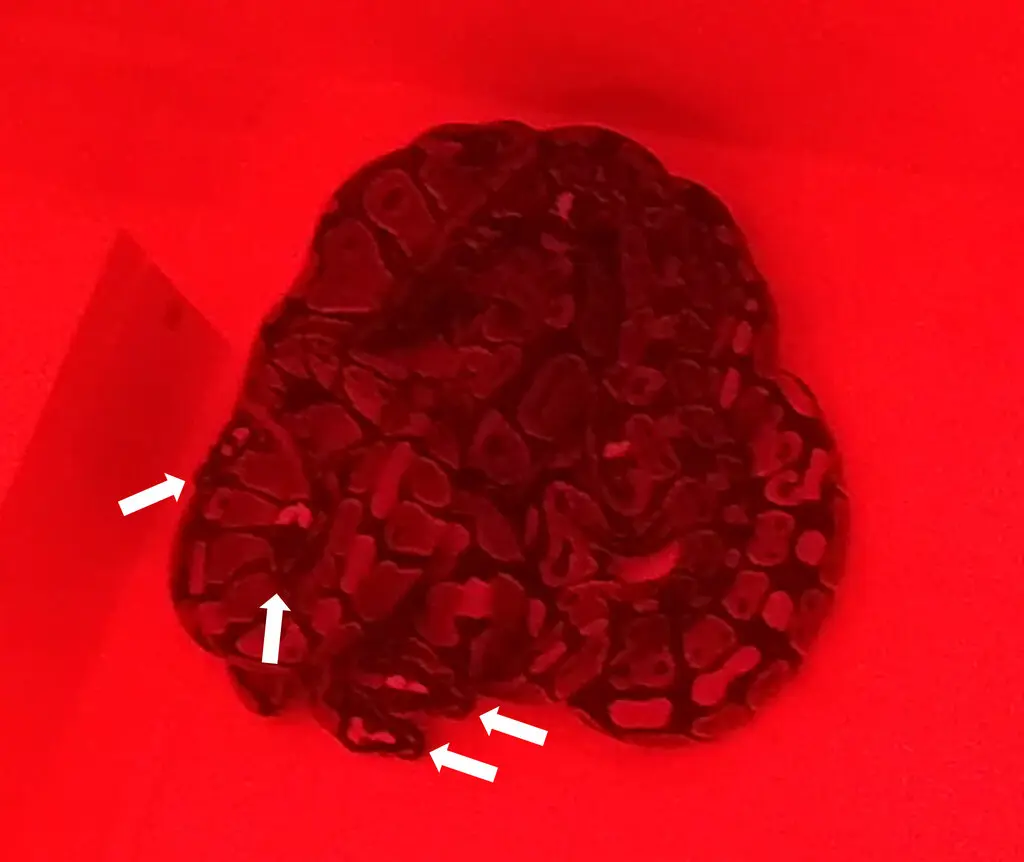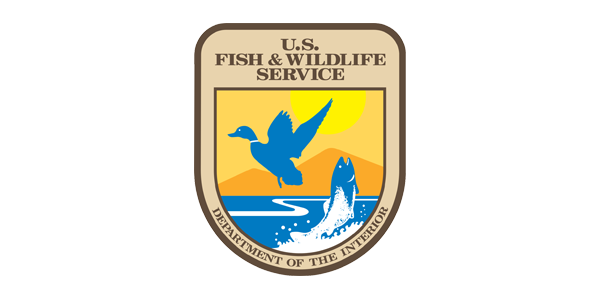Reptile & Amphibian
News Blog
Keep up with news and features of interest to the reptile and amphibian community on the kingsnake.com blog. We cover breaking stories from the mainstream and scientific media, user-submitted photos and videos, and feature articles and photos by Jeff Barringer, Richard Bartlett, and other herpetologists and herpetoculturists.
Friday, January 17 2025
 A Boaedon broadleyi, or Broadley’s African house snake. Photo from Petr Nečas, shared by Jakob Hallermann
A Boaedon broadleyi, or Broadley’s African house snake. Photo from Petr Nečas, shared by Jakob Hallermann
When a traveling biologist kept a snake he found back in the 80's and made it a specimen when it did not survive, the last thing he would have expected was decades later it would be identified as a new species, but that is exactly what happened!
Using DNA samples from a variety of specimen samples, attempting to better understand the African House snake grouping, researchers, Jakob Hallermann and Oliver Hawlitschek, discovered a new 4 foot species.
In hopes of identifying some overlooked species, researchers collected DNA samples from museums in several different countries and from newly caught snakes, the study said. The analysis showed that some of the snakes from Ethiopia were genetically distinct.
Researchers realized they’d discovered a new species: Boaedon broadleyi, or Broadley’s African house snake.
Broadley’s African house snakes can reach over 4 feet in length, the study said. They have olive green bodies, “creamy” bellies and “two short white stripes on the sides of the head.”
To read the full article, visit the Miami Herald here.
Friday, January 10 2025
 Ball pythons in a huddle, with white arrows to indicate their heads.Credit...Noam Miller and Morgan Skinner/Wilfrid Laurier University
Ball pythons in a huddle, with white arrows to indicate their heads.Credit...Noam Miller and Morgan Skinner/Wilfrid Laurier University
We have learned that a variety of snakes from rattlesnakes to some colubrid species have social lives in the wild and now a recent study is showing that pythons are social creatures too! Morgan Skinner, a quantitative ecologist who studied at Wilfrid Laurier University in Ontario created an environment with 4 hides and set to work with several different ball pythons to see exactly what happened. He published his results in Behavior Ecology and Sociobiology in November.
Because ball pythons lay eggs and don’t have live births and have no need to hibernate, they seemed like the perfect study candidate. In 2020, Dr. Skinner and his colleague Tamara Kumpan placed a mixed-sex group of six pythons for 10 days in a large enclosure — one with enough plastic shelters for each snake — and left a camera running.
To Dr. Skinner’s shock, all six snakes quickly squeezed together in the same shelter and spent over 60 percent of their time together. Assuming that all of the snakes had simply liked something about that specific shelter, the team removed it. But after some initial confusion, the snakes eventually chose another home base in which to curl up together.
To read the full article and see the video, be sure to visit the New York Times here. There is a link to the study in the article.
Thursday, January 9 2025

In 2016 the US Fish and Wildlife Service published a temporary rule on 201 Salamander species and as of this January that rule is finalized. The 201 species covering 16 genre are now listed as injurious under the Lacey Act meaning they no longer can be imported into the country or transport or sold across state lines in the US. From the USARK Alert:
The interim rule applies to all species in these 16 genera: Ambystoma, Andrias, Aneides, Aquiloeurycea, Calotriton, Chiropterotriton, Cryptobranchus, Desmognathus, Ensatina, Eurycea, Laotriton, Ommatotriton, Pachytriton, Proteus, Pseudobranchus, and Pseudotriton.
...
Comments on the interim rule regarding newly added species can be made after January 10, 2025, for 60 days (deadline March 11) at https://www.federalregister.gov/public-inspection/2024-31203/injurious-wildlife-species-listing-salamanders-due-to-risk-of-salamander-chytrid-fungus.
Find the original Salamander Rule species list (201 species in 20 genera) at https://www.fws.gov/page/list-of-salamanders-designated-as-injurious.
You can read the full action alert here on USARKs page.
|



